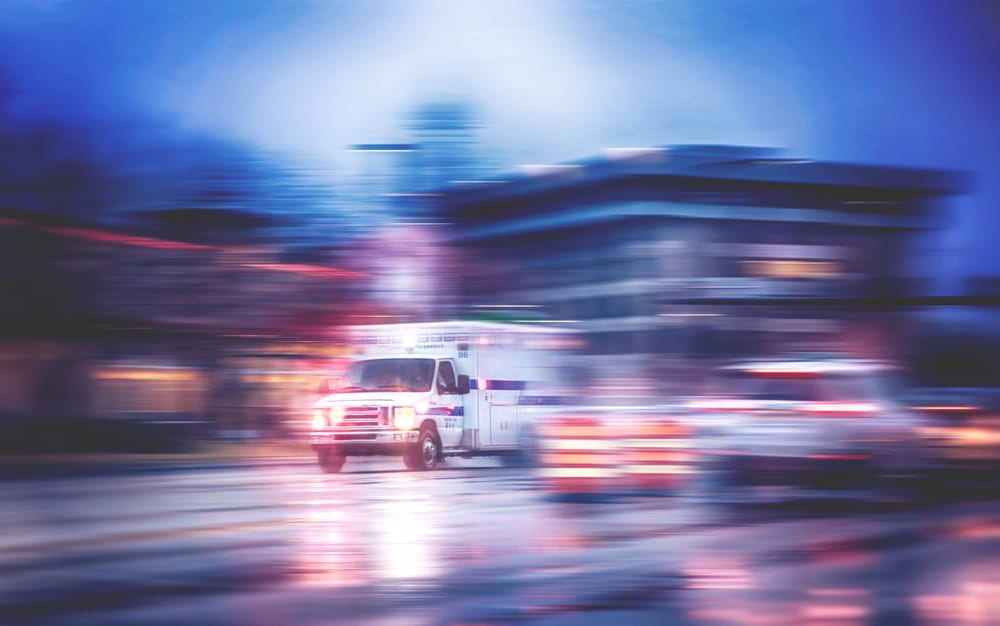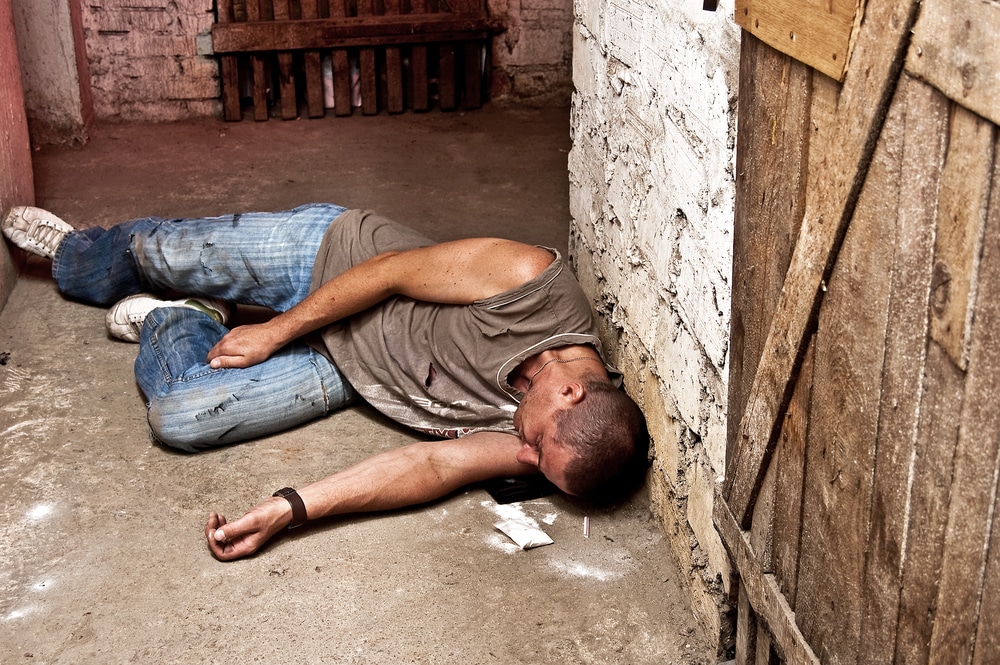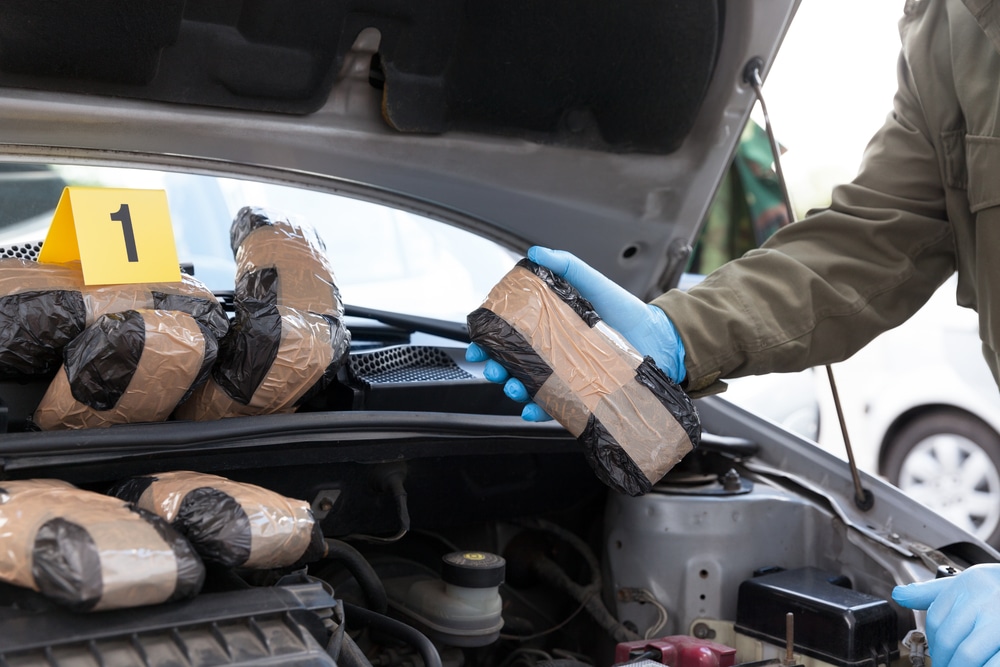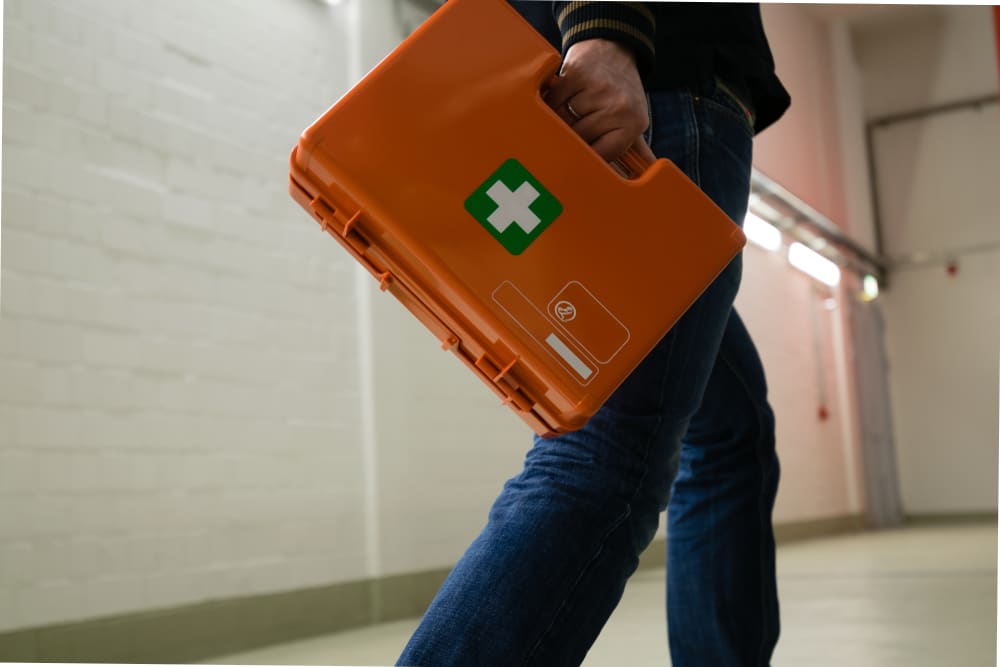
Tranq, an animal sedative, is spreading through the United States illicit drug supply and is thought to be responsible for the surge in overdose cases. The drug is now posing a new threat in the country's ongoing battle against drug overdoses.
Tranq is appearing more frequently in synthetic opioids, particularly fentanyl, causing deaths and severe side effects. Although most jurisdictions don't routinely test for tranq in postmortem toxicology, the DEA estimates the drug was involved in at least 1,423 overdose deaths in the south and 1,281 in the Northeast in 2021. And while the full nationwide scope of overdose death involving the drug is unknown, surveys show deaths associated with tranq have spread westward across the US.
Tranq, also known as Xylazine or tranq dope, is a sedative used to tranquilize large animals during procedures and diagnostic testing. Initially, the drug was given for household pets, but it's now typically used for large animals like elk, cattle, sheep, and horses. The Food and Drug Administration (FDA) approved the drug in 1960 for animal use, but not humans.
Despite this, the drug has become increasingly common in the US illicit drug supply. It is now sold on the streets, usually mixed with other drugs like heroin, cocaine, alcohol, benzodiazepines, methadone, and fentanyl. According to officials, drug dealers and suppliers lace these drugs with Xylazine because it's powerful, cheap, and easy to get. So, in most cases, those who buy these street drugs may be using tranq dope unknowingly.

Now, drugs like heroin and fentanyl are dangerous enough on their own, but Xylazine is making them even more dangerous. Tranq is a powerful sedative meant for animals and can leave users unconscious for hours.
It also causes more complex and potentially more deadly overdoses. And the worst part is users cannot easily detect its presence in the drug supply. Fentanyl test strips that reliably measure fentanyl in street drugs can’t detect tranq presence.
In legal sales, Xylazine is sold directly through pharmaceutical distributors and online platforms for vets. It comes in solid and liquid form or preloaded syringes, with concentrations that match the weight and size of the species. It is not classified as a controlled substance, but people need a valid prescription from a licensed veterinarian to purchase it.
Those without licenses can still obtain tranq in powder and liquid forms through other online sites. These sites often have no association with the veterinary profession and do not require buyers to prove legitimate needs.
According to the DEA, a kilogram of tranq powder can go for as low as USD 6 to USD 20. At this low price, using tranq to lace other drugs may increase profit margins for drug dealers. And the psychoactive effects may also attract buyers looking for prolonged euphoric effects.
The first cases of Xylazine misuse were reported in Puerto Rico in the early 2000s through DEA reporting and lab analysis. But it's unclear when tranq first appeared in the illicit drug market in Philadelphia. Still, public health officials say that the drug seems to be concentrated in Philadelphia, making it the ground zero for tranq dope in the US.
Its uptick in the city's drug market is primarily due to its ability to enhance the potency and duration of a fentanyl high. This has a substantial effect considering fentanyl ranked first ahead of heroin as the city's opioid of choice.
According to researchers, tranq is in 91% of the fentanyl and heroin supply in Philadelphia, and the prevalence is heading west. Reports have also shown that the state of Michigan had an 87% increase in Xylazine-related deaths between 2019 and 2020. Other affected states include Maryland, Delaware, New Jersey, and New York, all of which have seen an increase in drug overdose deaths in 2021.

Tranq is a central nervous system depressant, so it slows down the process in the body's nerve cells. It causes drowsiness and lowers blood pressure, slows the heart rate and breathing to dangerously low levels. Mixing Xylazine and opioids like fentanyl can induce hours of sleep, making it harder to determine whether the user is experiencing an overdose. The risk of life-threatening overdose is also higher when tranq is mixed with other CNS depressants like benzodiazepines or alcohol.
Besides, tranq is highly addictive and can cause physical and psychological dependence. Regular use of the drug can lead to open wounds and skin ulcers. These wounds may result in dead tissue or necrosis and, eventually, amputation of affected limbs.
That's why it's essential for anyone using tranq to seek help before the addiction worsens. Medical experts provide wound care and emergency services to counter the effects of tranq use.
According to experts, tranq is unsafe for humans, and even a small amount can be deadly. Humans are 10-20 times more sensitive to the drug than animals. And as mentioned earlier, tranq is not an opioid and therefore does not respond to naloxone.
Those who overdose on the drug may need breathing assistance in addition to naloxone. Naloxone is given because Xylazine is often mixed with opioids like fentanyl or heroin.
Tranq use can range from mild to severe and cause fatal and non-fatal overdoses. The following are some of the signs and symptoms of Xylazine use:
Tranq addiction presents a different form of challenge to medical professionals. Experts have raised concerns about the limited treatment for tranquilizer withdrawal for those who want to quit using the drug. According to the experts, some medical examiners have no idea what to look for or what to do if they recognize tranq withdrawal.

They may start to treat opioid withdrawal, but other unpleasant symptoms like agitation, anxiety, restlessness, and sweating start to show. Currently, there aren't any FDA-approved treatments specifically for tranq withdrawal, but there are protocols in development to help ease patients' symptoms.
In response to the influx of tranq overdoses, many government and health agencies are taking action. Local health departments are offering public education programs to help people understand the dangers of using tranq. They advocate for the safe and proper disposal of the drug and harm reduction efforts such as needle-exchange programs.
Medical examiners are also working to increase their understanding of tranq overdose to better recognize and respond to its signs and symptoms. Furthermore, The US House of Representatives is looking into ways to schedule the animal tranquilizer. However, this may hinder efforts to study the drug's effects and find a solution to help patients who are overdosing.